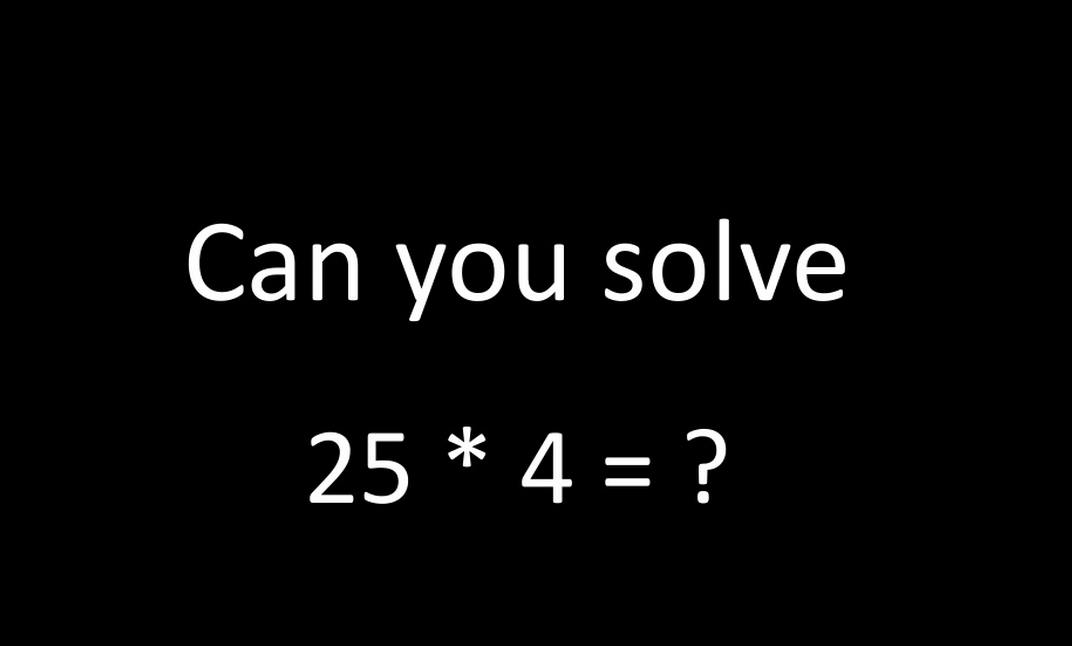Why do entrepreneurs start simple and complicate their path to success?
This question has bothered me for years…. (I am a culprit myself!)
Hence this small exercise in form of a PPT.
Please do this exercise & homework mentioned in the later slides and share it in the comments below! Also, if you can think of more examples (like quoted in slide #23) pls mention them!
(Ps – if you are accessing this via mobile, click on the linkedin logo (IN) & read it via the slideshare site. The experience is better :))
******
Download this PPT (Slideshare):
*******






Sistla Venkata Abhishek
Just when I needed something like this.
Was curious since the day the post ( 25 * 4 ) went on Facebook !!
Wonderful PPT
 !
!
Rishi
Alok, This is awesome!
Having said, I think it’s a tough problem. Really tough one!
Here’s what I think is the root cause of this problem (based on my personal experience). When I started off last year, I knew I wanted to fix customer service. That is still the mission/goal for my startup. When I initially started outlining things I could do for my first version, I saw so many opportunities – and I wanted to fix most of them asap.
Soon I started realizing how difficult it is to do more than one thing. I then set a hard deadline (imposing constraints) for soft launch; this is something that I decided will not change. Soon I noticed things started falling off the list of things I wanted to build (aka fewer “variables”). I miscalculated how difficult it would be to build a team in India. More delays, less resources, more constraints – more things off the list. Constraints do wonders.
All said, this is something I feel people realize once they err. There are so many things we read, but we still manage to commit those very mistakes. It’s a learning process.
Abhik Prasad
Slide #23
Facebook – Connect People / enable experience sharing
Apple – Make the best user friendly products / disrupt existing product markets
Gmail – ‘Don’t worry about storage’ and easy to use email service
Taj – The best service / memorable experiences
Puneet Srivastava
Gud one – 2 variables in my setup – find exceptional stories and find interested audience.
Sushrut Munje
Brilliance. Thank you.
Ajay Shah
This PPT is perfect. I think in the process of setting goals, it is almost inevitable to think about the path to those goals. Just too tempting. How do we set them apart?
My confusion:
To separate the means and ends is when we have to look into the “mirror” and analyze are we interested in goals only or how we achieve them. If we set goals without the appropriate resources (aka variables), chances of failing increases.
Consider Zappos: They have a almost razor think margin but their customer service is heavenly. They are a customer service at heart and then 2) they sell shoes. So basically they sell customer service first and then shoes?
This has always perplexed me. I realize that in the above statements, I contradict myself.
By the way, starting tomorrow I am going for Vipassana meditation (10 days course). Maybe this will help me think clearly as well?
Shankar Narayana M
It’s a tough problem for seniors who opt to do business after spending 1 or 2 decades in the Industry. This slide talks about business goals. I think as an Entrepreneur taking care of family goals of all the founders is as important as taking care of Business.
Specially for people who want to start pure-play management consulting in India it’s really tough to crack the leads even though networking helps to achieve set goals.
Ranjeet Pratap Singh
Achin Maheshwari
Thank you sir for sharing knowledge and practices on this discussion board.
Arun Kumar Waghchoure
Character Arun in the exercise is a right one just like me, I fiddle with way too many parameters. An awesome insight from Alok.
Prashant Chanchal
One word – Brilliant!
Ugendreshwar Kudupudi
Every entrepreneur should write this on a post-it and look at it everyday before he starts thinking about solutions.
Thanx Alok.
Devleena Bhattacharjee
Thank you for sharing this, very insightful and drives home the need for focussed efforts.
Good to also note that, going by the example, on successful attainment of the first two variables, it is easier and faster for Alok to compete with Arun’s offerings if and when needed than the opposite.